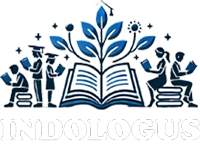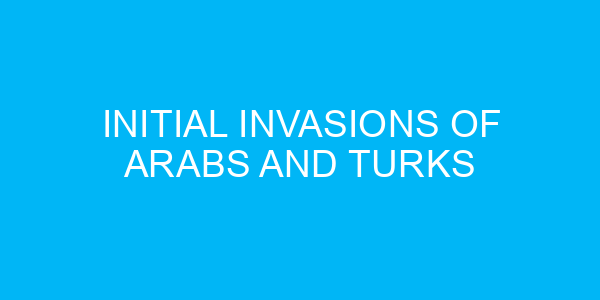41. The Arab and Turkish invasions resulted in the development of Indo-Islamic architecture, exemplified by:
a) Qutub Minar
b) Hampi temples
c) Ajanta Caves
d) Khajuraho temples
42. The Arab and Turkish invasions led to the spread of the Persian language, which became the:
a) Language of administration
b) Language of trade
c) Language of education
d) Language of literature
43. The Arab and Turkish invasions of India contributed to the growth of:
a) Urban centers and trade routes
b) Rural agriculture and self-sufficiency
c) Forest-based economies and tribal communities
d) Monastic institutions and ascetic practices
44. The Arab and Turkish invasions influenced the development of Indo-Islamic art forms, such as:
a) Miniature painting
b) Madhubani painting
c) Pichwai painting
d) Tanjore painting
45. The Arab and Turkish invasions brought significant changes in the social status of women, particularly in terms of:
a) Access to education and employment
b) Participation in political decision-making
c) Freedom of expression and mobility
d) Practice of purdah and seclusion




